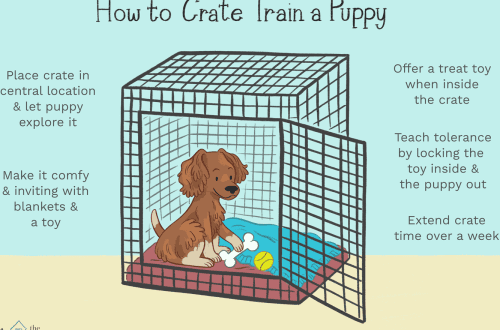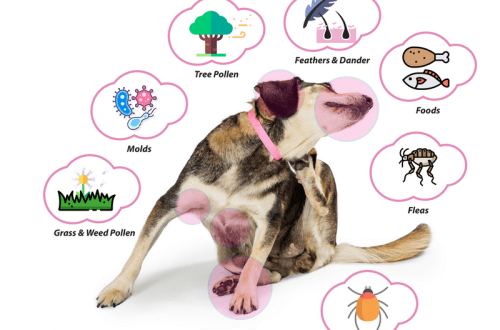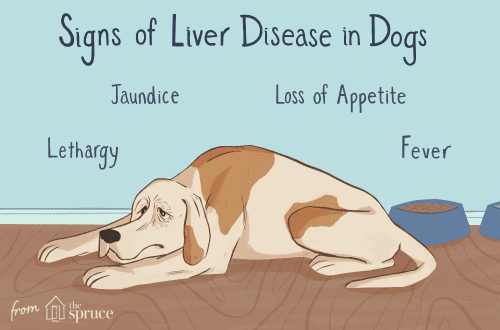
Ear and tail docking in dogs
Docking is the surgical removal of part of the ears or tail of an animal without medical indications. This term does not include forced amputation due to an injury or defect that threatens the health of the dog.
Contents
Cupping in the past and now
People began to dock dogs’ tails and ears even before our era. In ancient times, various prejudices became the rationale for this procedure. So, the Romans amputated the tips of the tail and ears of puppies, considering this a reliable remedy for rabies. In some countries, aristocrats forced commoners to trim the tails of their pets. In this way, they tried to fight poaching: the absence of a tail allegedly prevented the dog from chasing game and made it unsuitable for hunting.
However, most often, on the contrary, tails and ears were docked specifically for hunting, as well as fighting dogs. The shorter the protruding parts, the more difficult it is for the enemy to grab onto them in a fight and the lower the risk for the animal to catch on something and get injured during the chase. This argument sounds more sound than the previous ones, and it is sometimes used even today. But in fact, such dangers are greatly exaggerated. In particular, a large-scale study showed that only 0,23% of dogs get tail injuries.
Today, in most cases, cupping does not have any practical meaning and is only a cosmetic procedure. It is believed that this improves the exterior, makes dogs more beautiful. According to supporters of docking, the operation creates a unique, recognizable appearance, helping the breed to stand out from many others – and thereby contributes to its popularization and well-being.
Which breeds have their ears cropped and which ones have their tails
Among the dogs that have historically received cropped ears are Boxers, Caucasian and Central Asian Shepherd Dogs, Dobermans, Schnauzers, Staffordshire Terriers, and Pit Bulls. Tail docking is practiced in boxers, rottweilers, spaniels, dobermans, schnauzers, cane corso.
Do show puppies need to be docked?
Previously, cupping was mandatory and regulated by breed standards. However, more and more countries now do not allow or at least restrict such practices. In our region, all states that have ratified the European Convention for the Protection of Pets have banned ear clipping, and only a few have made an exception for tail docking.
This affected, among other things, the rules of exhibitions held under the auspices of various cynological organizations. In Russia, docking is not yet an obstacle to participation, but it is no longer necessary. In other countries, the rules are even stricter. Most often, docked dogs are allowed to be shown only if they were born before a certain date when the law was passed. But unconditional prohibitions on cropped ears (Great Britain, the Netherlands, Portugal) or any cropping (Greece, Luxembourg) are also practiced.
Thus, in order to participate in exhibitions (especially if the puppy is of high pedigree and claims international achievements), docking should definitely be refrained from.
Are there any medical indications for cupping?
Some veterinarians justify cupping for hygienic purposes: presumably, the operation reduces the risk of inflammation, otitis and other diseases. They also talk about the features of selection: if the representatives of the breed have had their tail or ears amputated throughout its history, it means that there has never been a selection for the strength and health of these parts of the body. As a result, even if initially stopping was unjustified, now it has become necessary to remove the “weak spots”.
However, among experts there are many opponents of such statements, who consider these arguments far-fetched. There is still no clear answer to the question of the medical benefits of cupping.
Is cupping painful and what are the postoperative complications
It used to be that cupping newborn puppies, whose nervous system has not yet fully formed, is practically painless for them. However, according to current data, pain sensations in the neonatal period are quite pronounced and can lead to negative long-term changes and affect the perception of pain in the adult life of the animal.
If the ears or tail are docked in older puppies, from the age of 7 weeks, local anesthesia is used. Here, too, there are nuances. First, the drug may have side effects. And secondly, after the end of the action of anesthesia, the pain syndrome persists for a long time.
In addition, cupping, like any surgical intervention, is fraught with complications – in particular, bleeding and tissue inflammation.
Can a dog do well without docked parts?
Experts have expressed a number of arguments in favor of the fact that docking interferes with dogs in later life. First of all, we are talking about communication with relatives. Body language, which involves the ears and especially the tail, plays an important role in canine communication. According to research, even a slight deviation of the tail is a signal that other dogs understand. The longer the tail, the more information it allows to convey. Leaving a short stump from him, a person significantly limits the possibilities for socializing his pet.
In addition, in the upper third of the tail there is a gland with functions that have not been fully elucidated. Some scientists believe that her secret is responsible for the individual smell of the animal, serves as a kind of passport. If the guess is correct, cutting the gland along with the tail can also harm the pet’s communication skills.
Do not forget that the tail is part of the spine, and this supporting element of the skeleton is literally riddled with nerve endings. Incorrect removal of some of them can provoke unpleasant consequences – for example, phantom pains.
Summarizing what has been said, we conclude: it is hardly worth stopping the ears and tails of puppies. The risks and problems associated with this manipulation are substantial, while the benefits are debatable and largely subjective.





